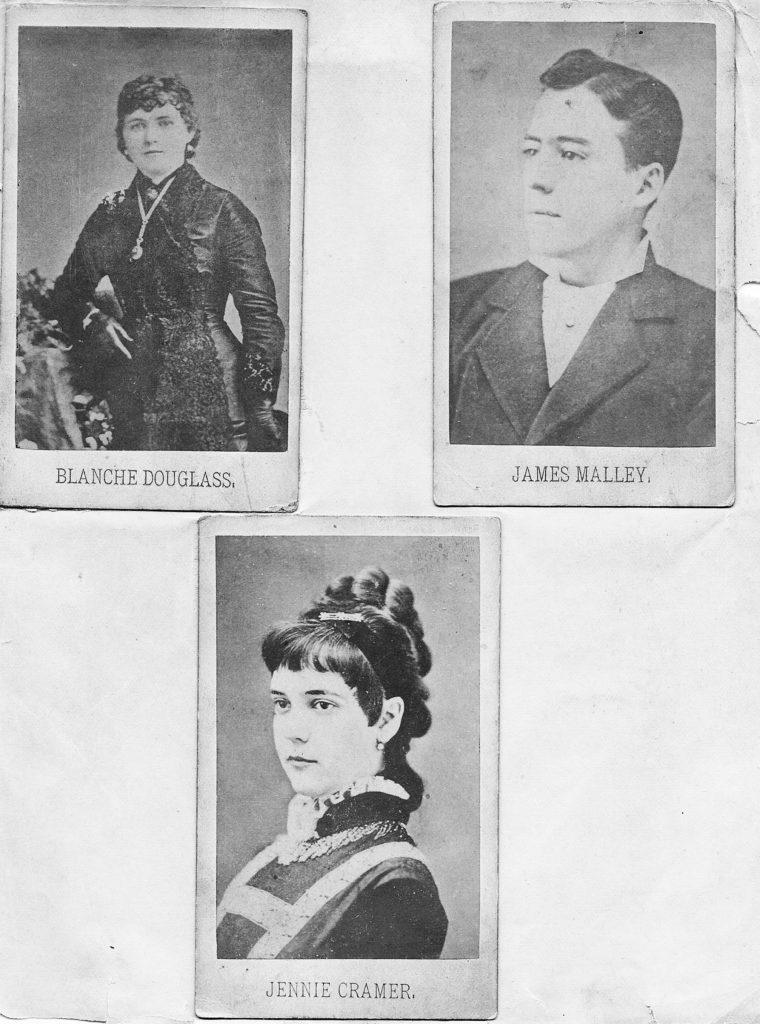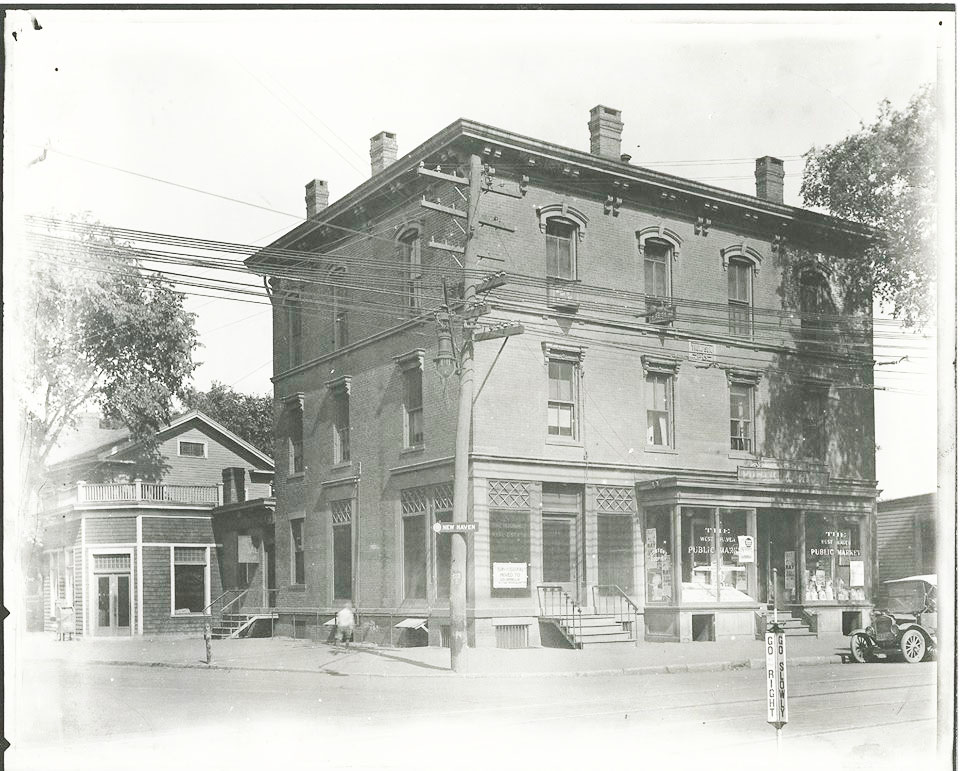

What happened that night was to be determined during an inquest in Thompson’s Hall, now known as the Altschuler Building (right). James Malley was son and heir to the family that owned one of the biggest dry goods stores in New Haven
By Dan Shine
Voice Columnist
The Malley Murder Mystery
Part III
In cases where someone’s death is sudden or unexplained, it is common to conduct an autopsy as well as an inquest. The former is a very thorough examination of the body with the intent of collecting evidence; the latter uses witnesses, but in these times suspects are not permitted to defend themselves. The verdict of an inquest can be, for example, natural death, accidental death, misadventure, suicide, or murder. If the verdict is murder or culpable accident, criminal prosecution may follow, and suspects are able to defend themselves there.
The medical practices of 1881 were a far cry from those of today, and would seem quite primitive by our standards. But they were the tools of the day, and such as they were, they had to suffice. Likewise, the legal conventions of 1881 were quite different from those that we know today. Most prominently, the attorneys of the day generally had a very casual attitude toward the truth when it came to legal testimony.
On the Monday following her death, Jennie’s body was removed from the refrigerated room at Stahl and Hegel’s Funeral Home where it had been stored (refrigeration was supplied by great blocks of ice) and her autopsy began. Those conducting the autopsy included Drs. Shepard and Painter of the coroner’s jury, plus a number of other medical experts of the day.
Over the next seven hours, the group removed Jenny’s brain, tongue, windpipe, esophagus, and just about every organ occupying her torso. These tissues were examined, the results recorded, and the organs were placed into glass jars. What little that was left of Jenny was then placed into a rosewood coffin with her name on it.
At this point, the most popular theory was that Jennie had been drugged and taken advantage of, and that the drugs had killed her. Her killer, wanting to make it appear to be an accident, had placed her body in the harbor, so as to give it the appearance of drowning. However, this was speculation; the physical results of the autopsy shed little if any light on the cause of death.
The next day, the inquest began at Thompson’s Hall (today’s Altschuler building, at the corner of Campbell Avenue and Main Street) which acted as the courthouse and jail during that era.
The three “persons of interest,” James Malley, Walter Malley and Blanche Douglass arrived by carriages that Tuesday morning for the inquest; at this point it should be noted that no arrests had been made. Each party was questioned at length but they were excluded from hearing each other testify. Together with their lawyers, the trio had devised a story that they would hold to. James was clever, and Walter was very intelligent, and they handled themselves fairly well; but Blanche couldn’t keep her lies straight. In the end, it was apparent to the audience and the reporters on hand that there were a variety of contradictions between the three stories told, and that Blanche was ill-equipped for this task, and way over her head in the legal process. Her versions of things did not carry a note of credibility to those in the courtroom; and after that day, investigations into her life in New York gave the picture of someone who had much to hide.
To be continued.